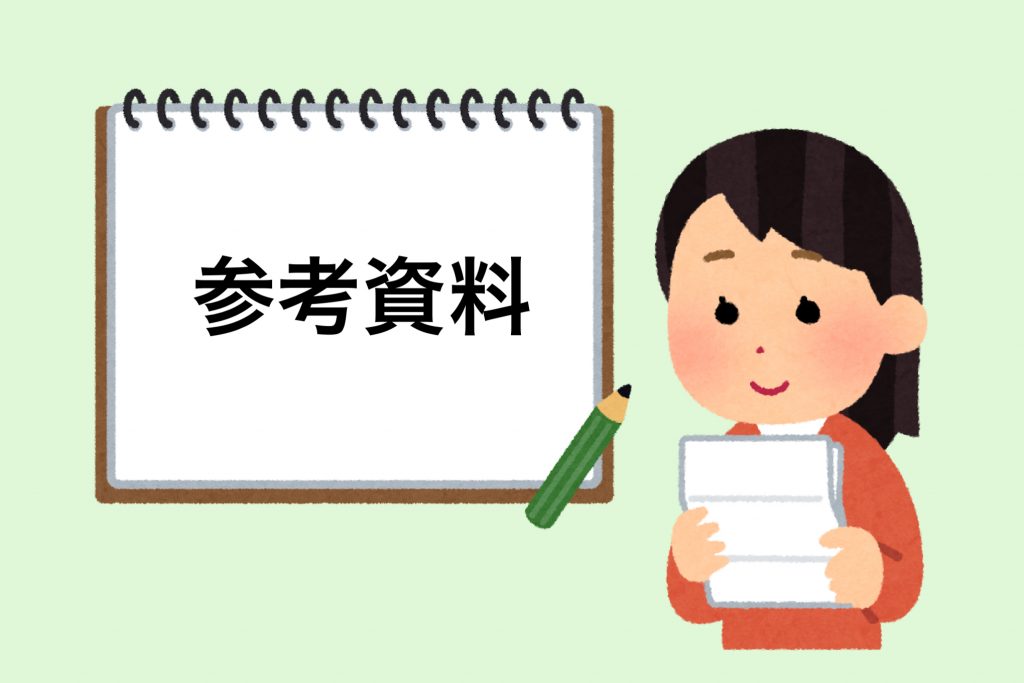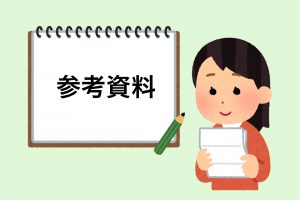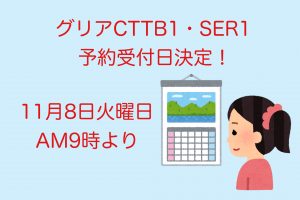CSTにおけるトラウマについて

UIインストラクターであるEric先生が、トラウマについてのインスティチュートの取り組みとCSTにおいての立場をうまく説明してくれていますので、ここにシェアしたいと思います。
トラウマについて話しましょう:
トラウマへの取り組みについての話題は、クラスやこのグループで定期的に出てきます。そして、これについては議論すべき話題です。これは重要なトピックであり、練習がおろそかになると失敗する可能性があるトピックでもあります。
現代のトラウマ理論についてインスティチュートがどのように関わっているのかという質問がよくあります。 この投稿では、この質問に少し答えたかっただけです。
まず、ちょっとした歴史を説明します。ジョン博士とチームは、80年代から90年代に至るまで、PTSD退役軍人プログラムでトラウマの治癒をサポートすることを好んで行っていました。 当時 (80年代後半から90年代前半) は、トラウマに対して身体から介入する方法の取り組みが始まったばかりで、多くの刺激的な研究が開発されていました。CSTはその一部であり、当時の施術者の多くは個々のトラウマ体験からどのようにそれを克服したのかということに耳を傾け、学んでいました。 そのためSERの観点からトラウマに取り組むことがより効果的となりました。そしてCSTはより大きな組織でこれらのスキルの用語がまだ開発されている途中だったとしても、CSTは革新の最前線にありました。
数十年早送りすると、CSTの活動はトラウマを持つ個人へのアプローチを含め、非常に多くの点で成長しました。 さらにトラウマと効果的な介入に関する研究は、現象学的観点、文脈的観点、神経生物学的観点、および臨床的観点から、驚くほど成長しています。UIや教授陣の間でも、これは重要な話題になっています。 そして今でも多くの議論が行われています。
主なポイントはインスティチュートがトラウマとCSTの関係は開発途中であり、今カリキュラムのすべてのレベルで (数十年にわたって) それがどのように示されているかを調べており、必要に応じてアップデートし、最新の情報を提供し続けていることです。 そして非常に強く支持すべきことのひとつは、CSTはより幸福で前向きな志向で行われる方法であり、「内なる知恵(Inner Wisdom)」を全面的に信頼して行う方法であるということです。 トラウマに焦点を合わせすぎると「何が悪いのか」という病理学指向の考え方になり、このCSTの最大の美しさの一部を見逃してしまう可能性があります。
それまでの間、私はすべてのCST施術者がCSTのカリキュラムの中で多くの視点を深めることを含め、多くの方法や視点をもって更なる研究に従事することをお勧めしたいと考えています。複数の視点から学び、習得し、トレーニングやサポートを受けることは、優れた施術者になるための重要な要素であると思います。
あなたのお役に立てたなら幸いです。
Eric Moya
【英語全文】
Let’s talk about trauma:
The topic of working with trauma comes up regularly in class and in this group. And it should. It’s an important topic and one where unskilled practice can actually be counterproductive.
An additional question has arisen periodically that wonders about the institute’s relationship to contemporary trauma theory. In this post, I just wanted to answer the institute question a bit.
First off, a bit of history: Dr. John and team had a love of supporting trauma healing all the way back into the 80’s and 90’s with the PTSD veteran programs. At that time (late 80’s early 90’s), the realm of somatically-based interventions to trauma were in their beginning and a lot of exciting work was being developed. CST was part of that and many of those first practitioners were listening and learning about successfully working with individuals with trauma from those experiences. So, the practice of working with trauma from an SER point of view grew and were effective, and CST was on that frontline of innovation even if the terminology of those skills were still being developed in the larger therapeutic community.
Fast forward a couple of decades, CST work has grown in so many ways, including its approaches to individuals with trauma. Additionally, research on trauma and effective interventions has grown amazingly well — from phenomenological points of view, contextual points of view, neurobiological points of view, and clinical points of view. In UI and in the faculty, this has become an important topic of conversation as well. Many discussions are being had.
The main takeaway is that the institute is in process of looking at trauma and CST, and how it is presented at all levels of the curriculum (for decades), and continues to update and inform where necessary. And one thing to support very strongly is that it be done in a way that preserves the well-being-oriented, inner-wisdom-based nature of CST. Because focusing too much on trauma becomes a pathology-oriented framework and would miss some of the greatest beauty of CST.
In the meantime, I want to encourage all CST practitioners to engage in constant study across many modalities and perspectives, including deepening in the many perspectives within the CST curriculum. Learning, acquiring, and receiving training/support in multiple points of view is a key part of being a great practitioner.
Hope this helps,
-Eric Moya

